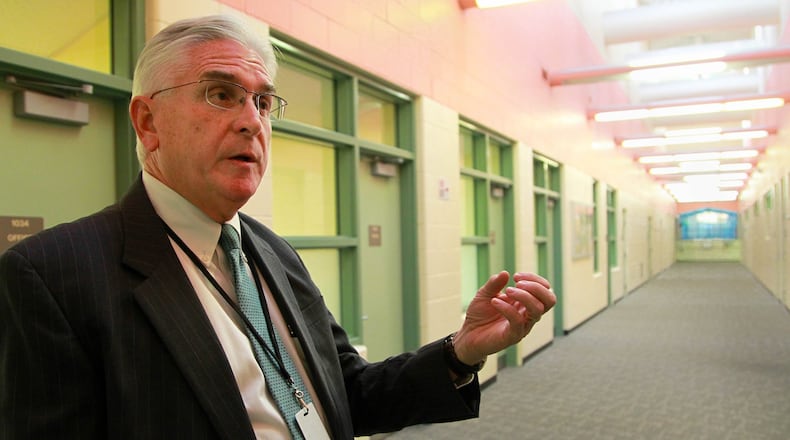2) The results here are dramatically different. Detention center admissions in Montgomery County are down and offenders don't have to sit in a jail cell for months waiting until a case is adjudicated. The intervention center in Dayton is open 24 hours a day, 365 days a year, as the Plain Dealer article points out. Why is that important? "So many of these families are in immediate crisis," Montgomery County Juvenile Court administrator Jim Cole said. "If you deal with it immediately, it tends to smooth things out down the road."
3) Intervention in lieu of incarceration is proven to cause fewer problems later on. The article points to studies by the Annie E. Casey Foundation, which show juveniles who are subjected to detention are more likely to re-offend and less likely to graduate from high school.
In advocating for an approach like one that has been done here for roughly two decades, O’Malley told the Plain Dealer: “We see what’s going on in the streets. Nobody can possibly feel good. We have to do something different.”
About the Author
